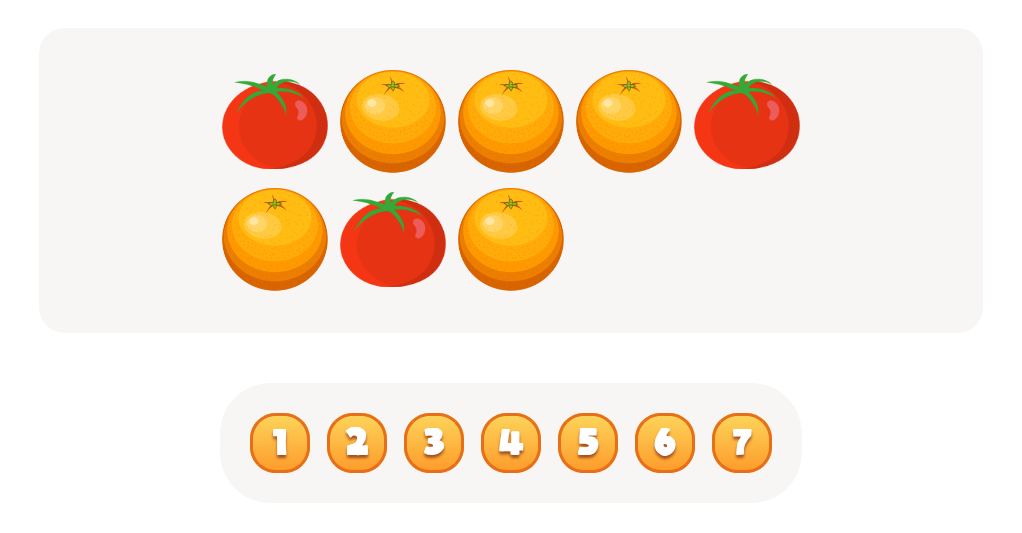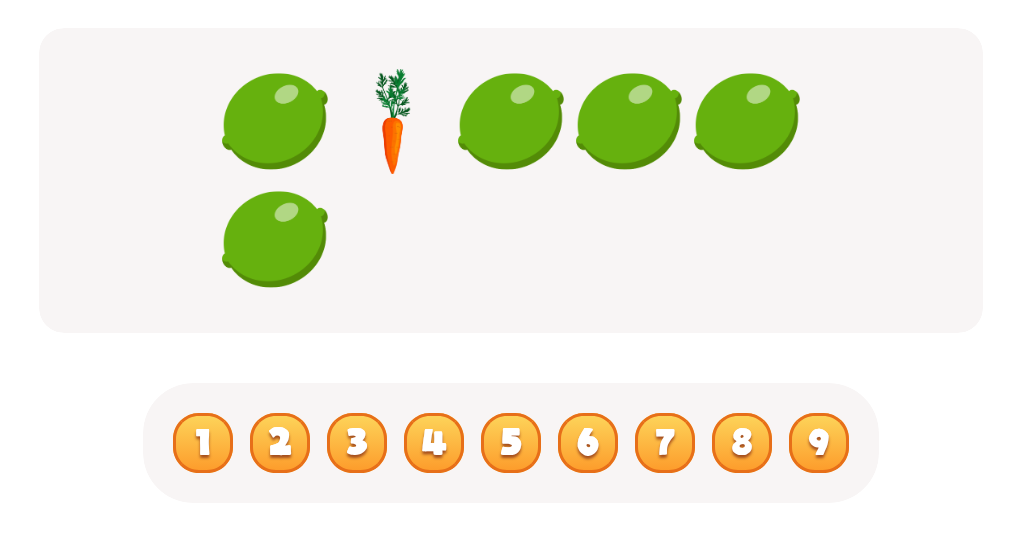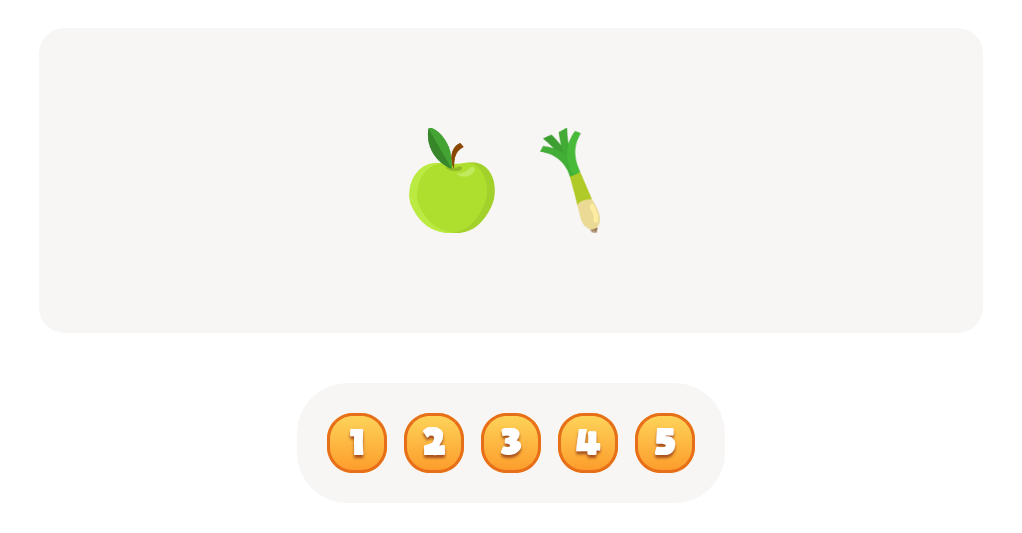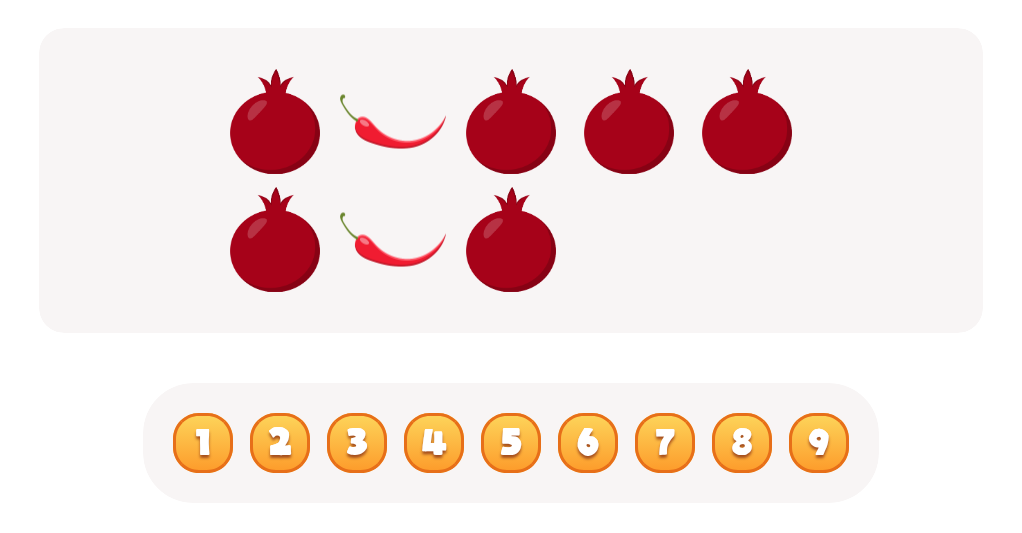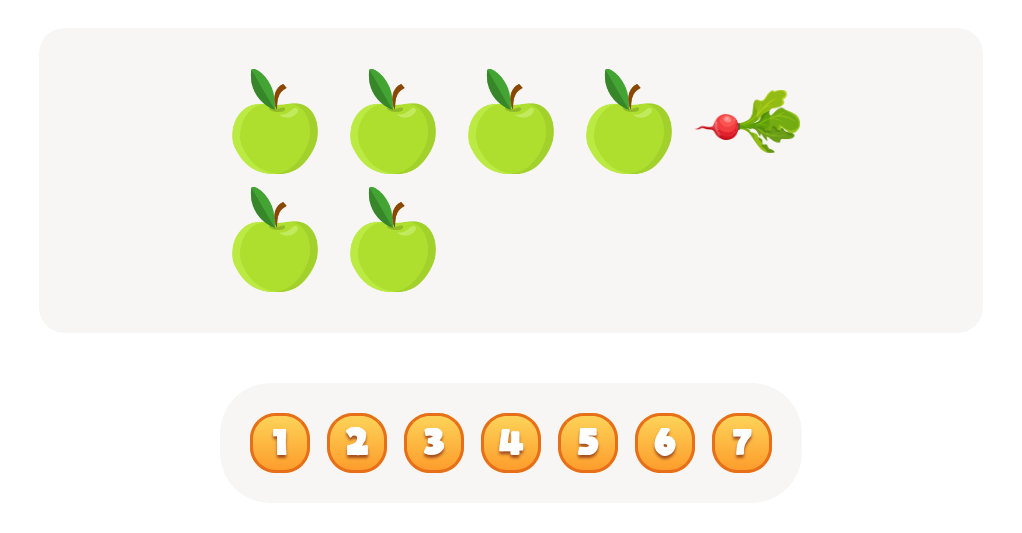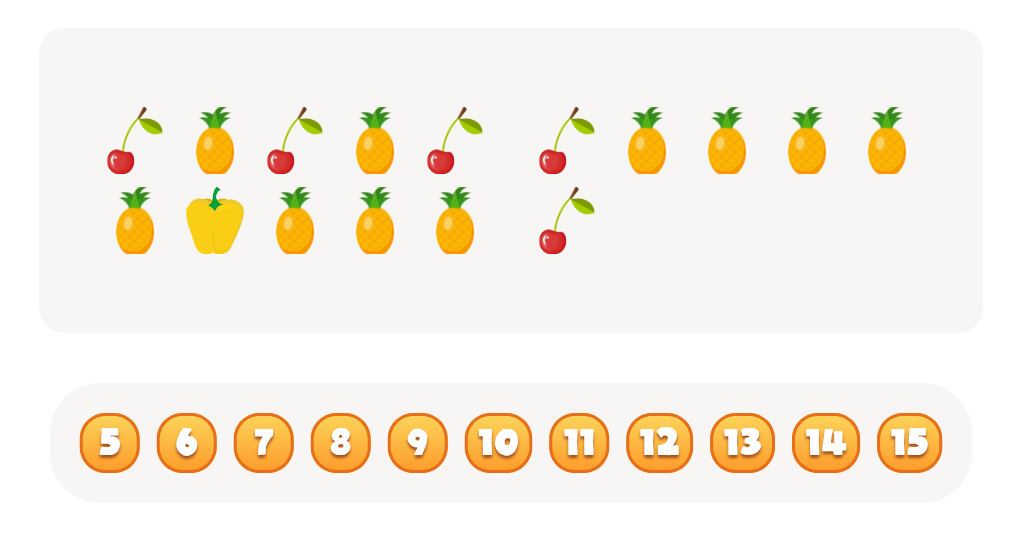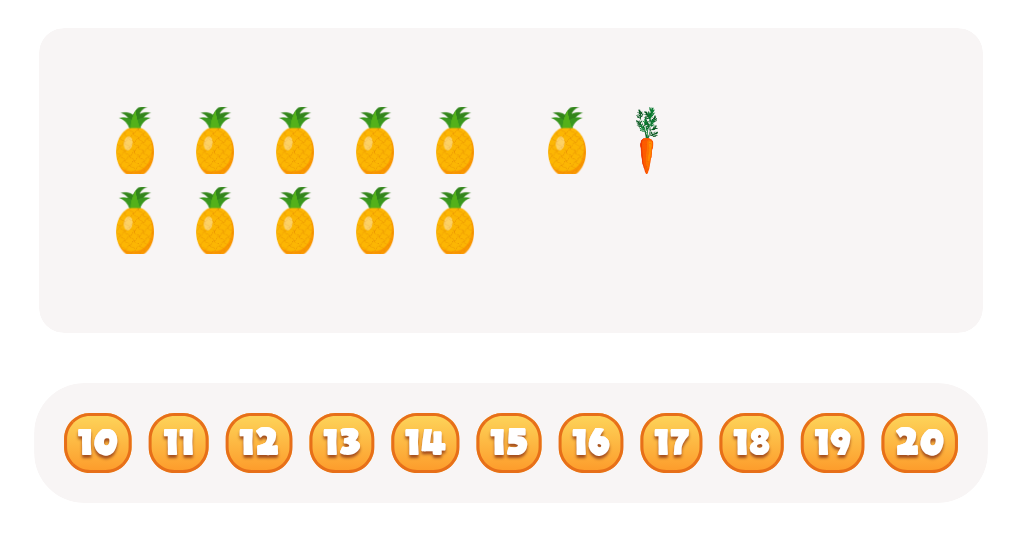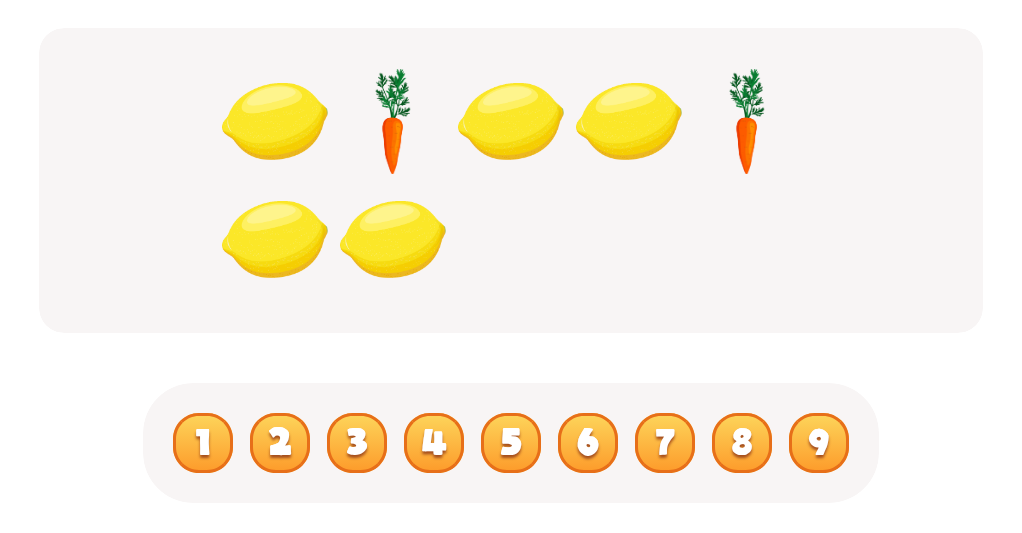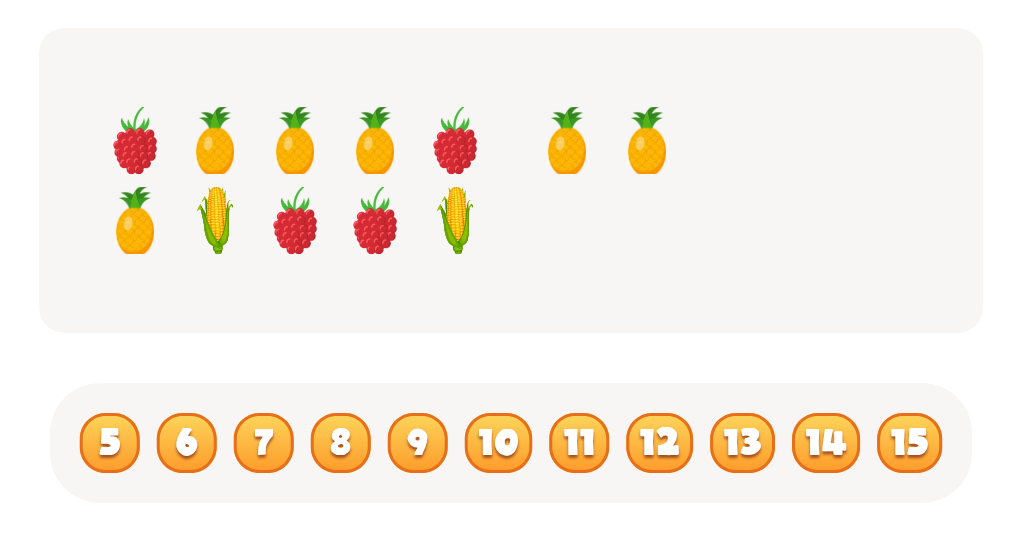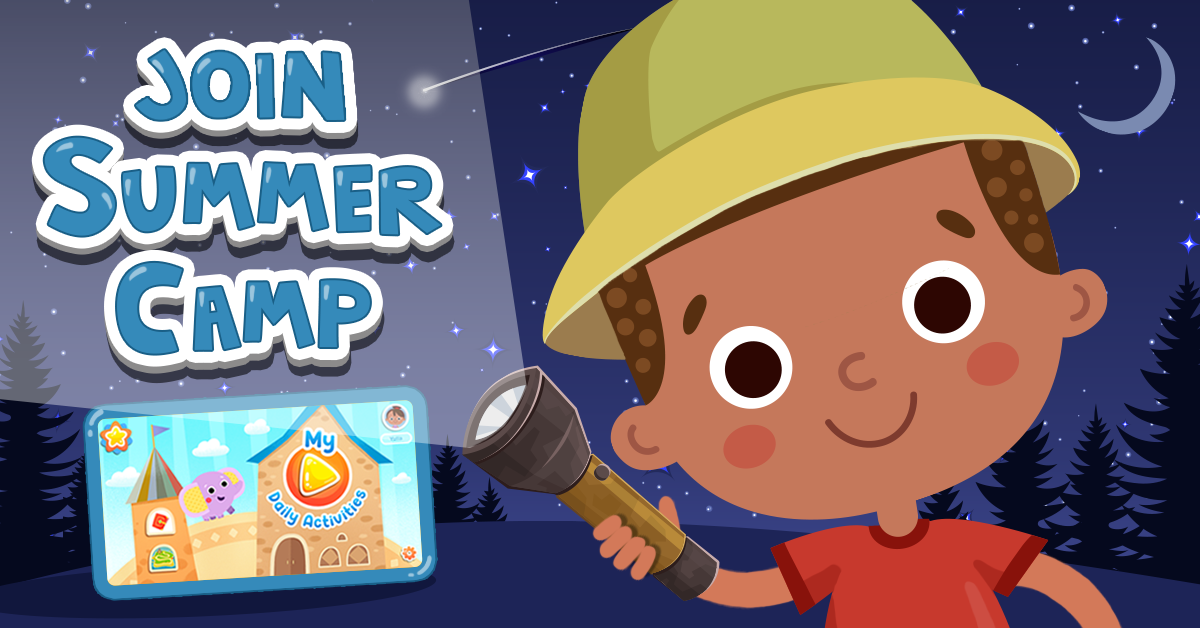Categorization skills Plants and Animals Worksheets for Ages 3-6
5 filtered results
-
From - To
Enhance your child's learning with our "Categorization Skills: Plants and Animals Worksheets" designed for ages 3-6! These engaging worksheets introduce young learners to the fascinating world of flora and fauna, encouraging exploration and critical thinking. Through fun activities, children will practice grouping plants and animals based on various attributes, simplifying complex concepts into enjoyable tasks. These worksheets promote essential categorization skills, laying a strong foundation for future scientific learning. Ideal for home or classroom use, our resources foster creativity and discovery, making science a delightful adventure. Download today and watch your child develop a love for the natural world!
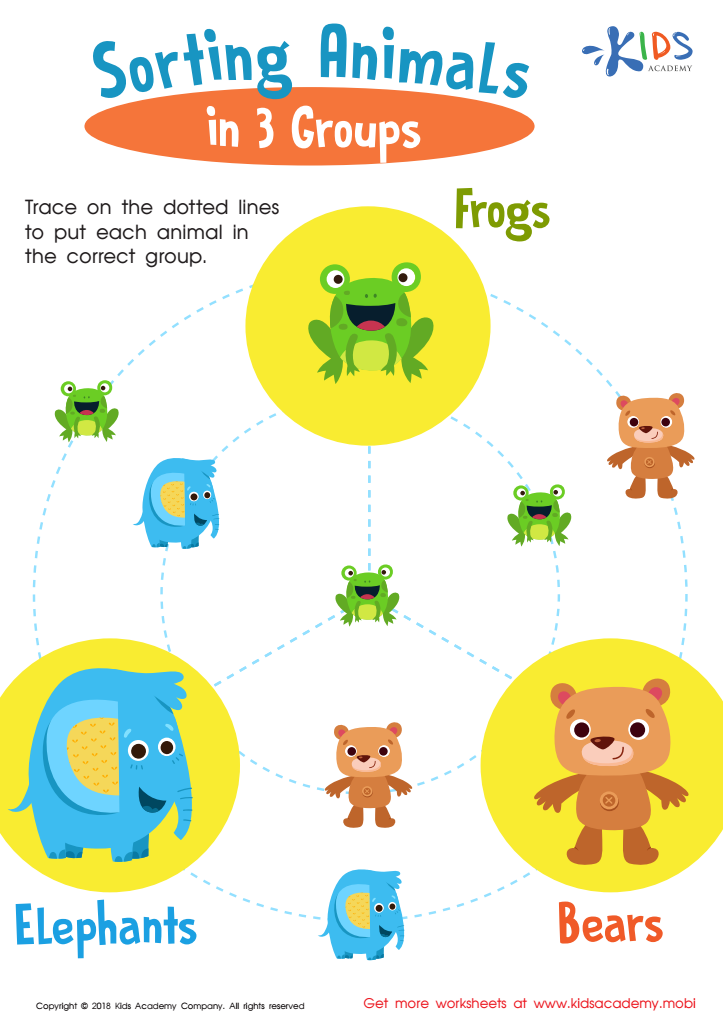

Sorting Animals in 3 Groups Worksheet
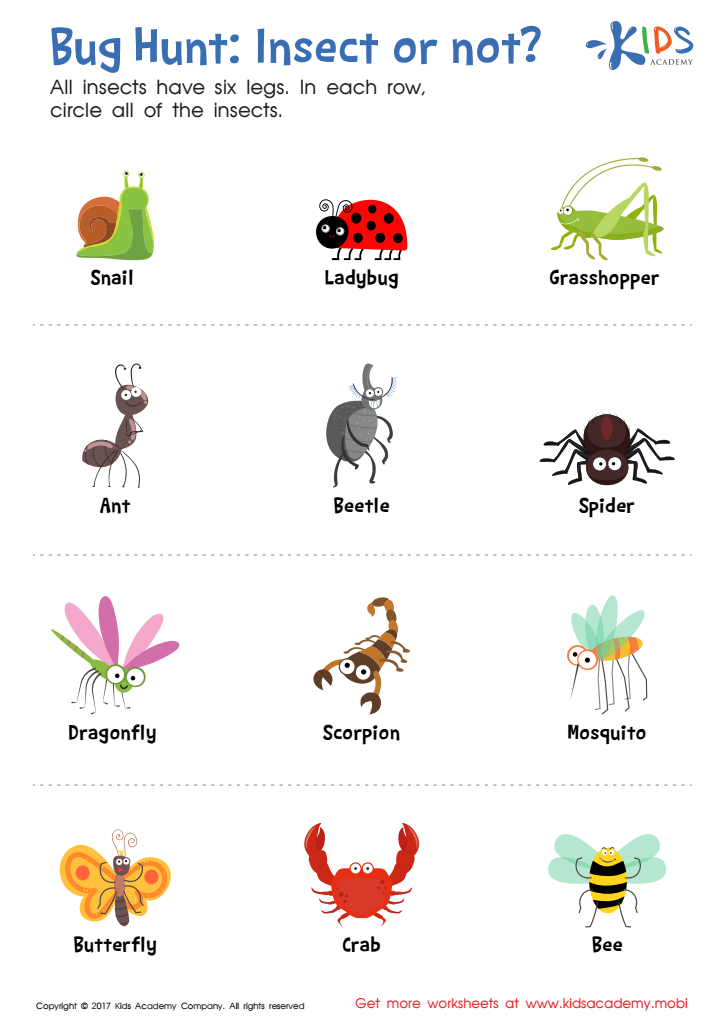

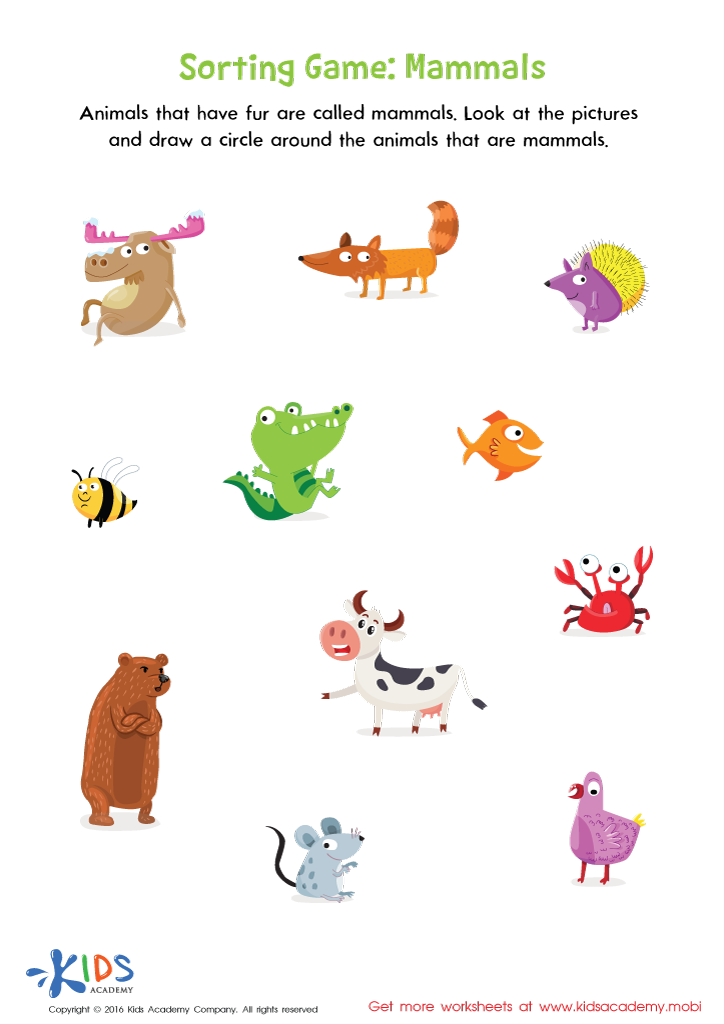

Mammals Sorting Worksheet
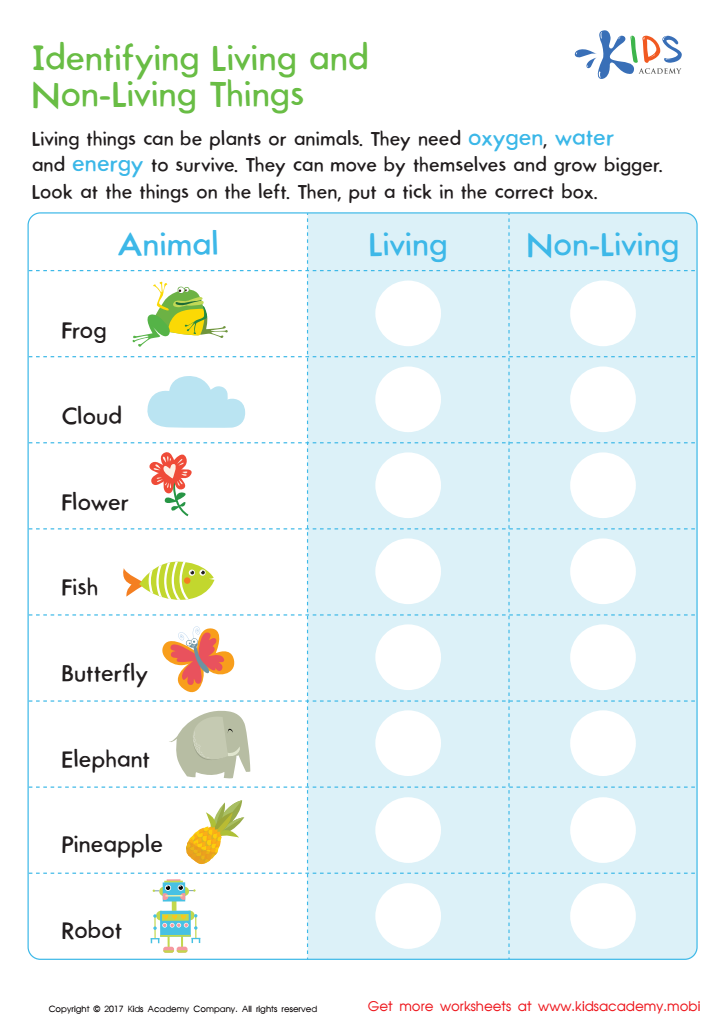

Identifying Living or Non–living Worksheet
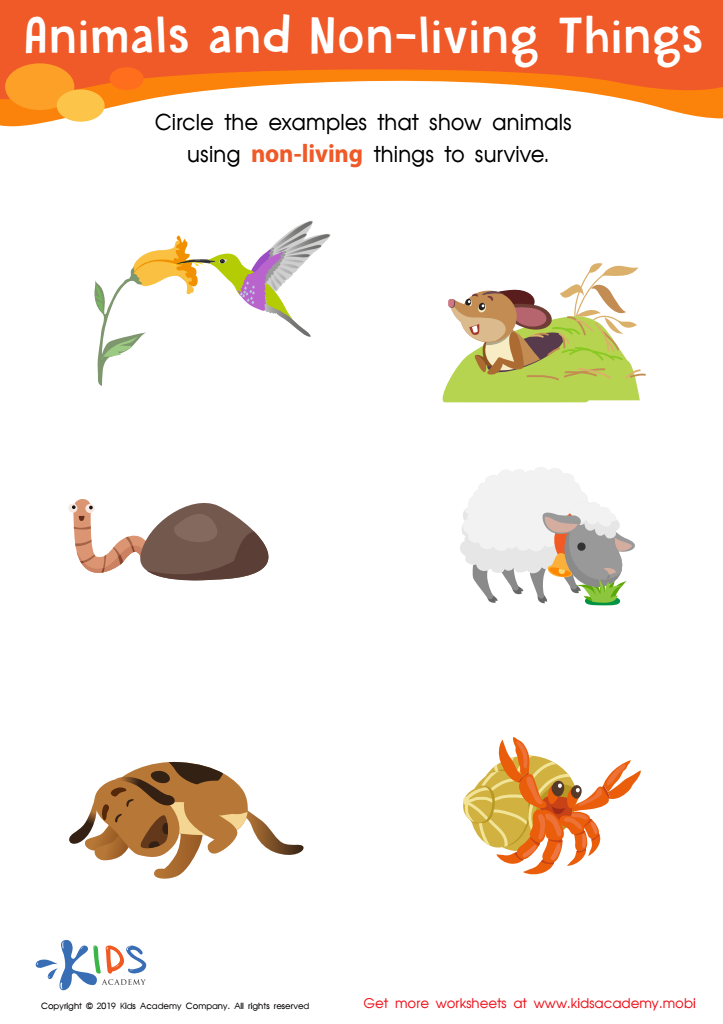

Animals and Non-Living Things Worksheet
Categorization skills in young children, particularly relating to plants and animals, are vital for several reasons. At ages 3-6, children are in a developmental stage where they start to understand their world through defining characteristics and relationships. Engaging with categorization helps them improve critical thinking and problem-solving abilities as they learn to sort, group, and identify different types of living things.
This foundational skill also supports the development of vocabulary, as children learn specific terms related to plants and animals. For instance, understanding the categories of “mammals” or “fruits” enhances their ability to communicate and discuss their observations with others. Furthermore, recognizing patterns and classifications fosters creativity and imagination; children begin to see connections, leading to richer storytelling and exploration of ideas.
Incorporating categorization skills in early education sets a tone for scientific literacy, paving the way for understanding ecosystems, habitats, and biodiversity. It encourages curiosity, prompting children to ask questions and seek answers about the nature surrounding them. Parents and teachers should care because these skills not only engage children with their environment but also contribute to their cognitive growth, foundational knowledge, and a sense of wonder about the natural world.
 Assign to My Students
Assign to My Students

